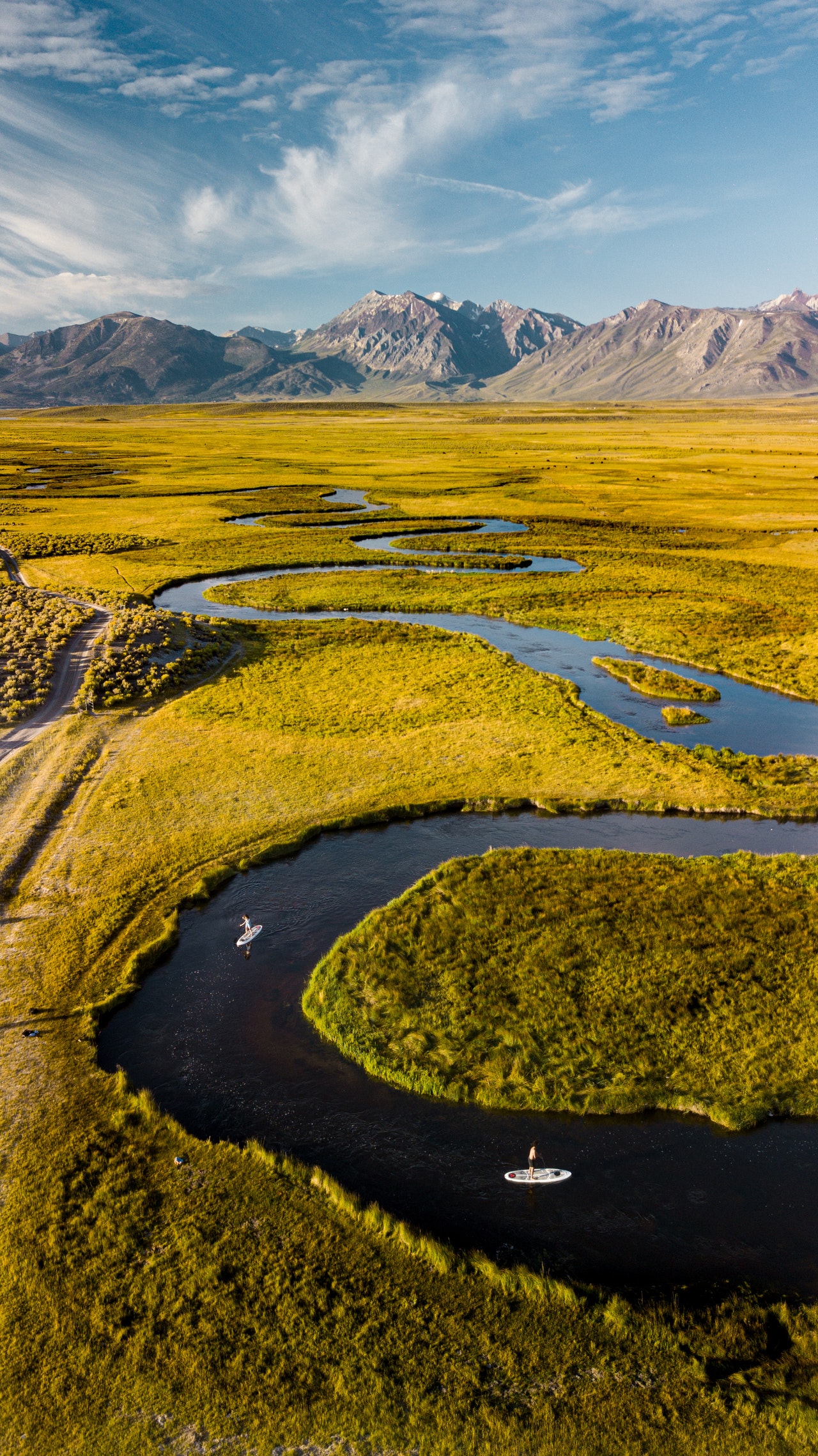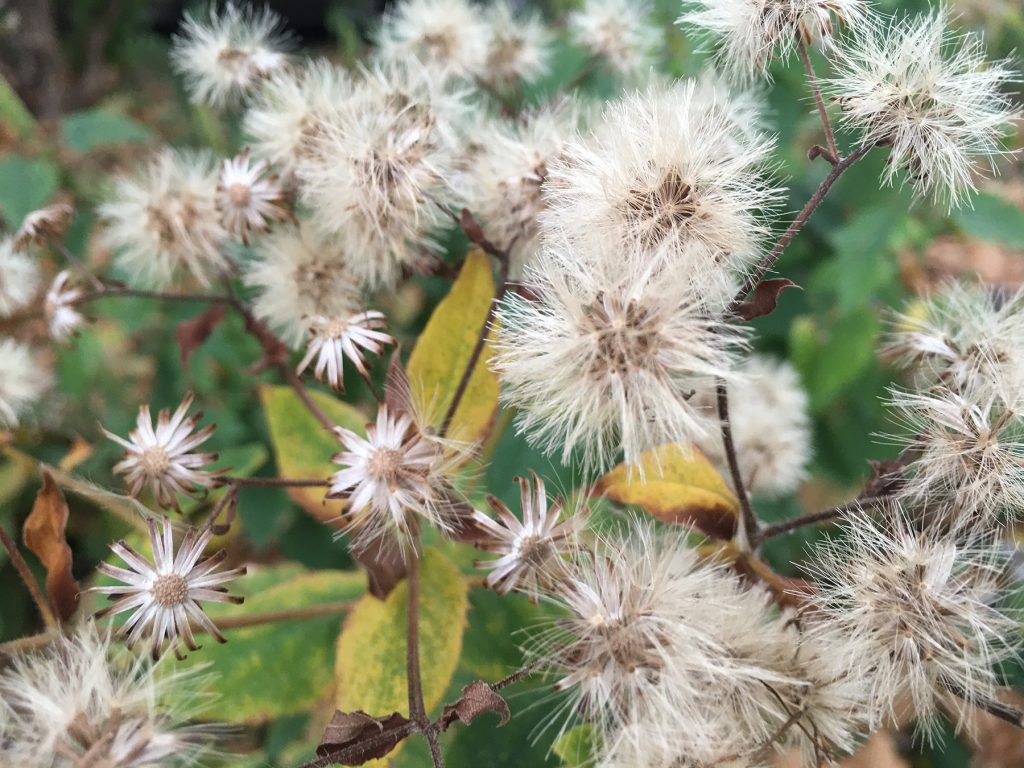
- Facilities
-
Programs
Pre-K (0-5 yrs)Youth (6-17 yrs)Adult (18+ yrs)
-
Parks/Beaches
ParksOutdoor Activities
- Rentals
- Projects/Planning
- Events
- About








For many gardeners, the first signs of fall in the garden bring a mix of emotions—a look forward to the marvelous array of colors and textures that will soon be on full display, and the signal that another gardening season is coming to a close. If you look closely at the goldenrods in the next few weeks you will see an insect bonanza—all shapes and sizes coming together to feast on the last flowers of the season with their abundant pollen and nectar. Asters serve a similar purpose, drawing late season butterflies and many bee species to buzz pollinate their way around the disc florets at the center of each flower. It’s really fun to watch!
This is a perfect time to begin collecting seeds from Baptisia, Penstemon, Echinacea, Eurybia and others that can be cleaned, stored, and stratified (a pre-treatment using cold moist conditions) to be ready for germinating late winter and early spring, or sowing late fall—there will be many more to gather before the heavy rain and winds of fall do their thing. It is also the perfect time to stand back and assess your garden for form, function and to make some choices on any adjustments needed now or for the coming year.

First up, we must decide what to do with the current fading flowers, stems and leaves. My advice is to be selective. While even I cannot help myself from cutting back the gnarly remains of some species, plants like Echinacea have parts that provide great function if left in place (or partially in place) over winter and into the following year. Two common species of Echinacea, E. purpurea (purple coneflower) and E. pallida (pale purple coneflower), both appear to provide just as much function after flower as they do while in full bloom. They have large hollow stems that if cut to a height of 18” or more become potential nesting for native bees, and the flowers mature into dark orbs packed full of large seeds that will attract a chattery bunch of goldfinches.
Grasses such as Sprobolus heterolepis (prairie dropseed) or Schizachyrium scoparium (little bluestem) develop beautiful golden tones with seed heads that sway in the late season winds. These grasses (among others) provide food and nesting for small birds and other animals. So, if you are ok with hosting this bit of wildlife, leave the grasses in place until late winter, at which time you can steady the hedge trimmer, shears or pruners and chop them back to about 6”.
If you are looking to up your late-season spectacle, think asters! Symphyotrichum leaeve (smooth aster) and Symphyotrichum oolentangiense (sky blue aster) are two garden favorites and are beautiful planted in with warm-toned fall grasses. Consider species with structural seed heads such as Monarda fistulosa (bee balm), Dalea purpurea (purple prairie clover), and Parthenium integrifolium (wild quinine) among others. And of course, if you are planning to add something to your garden this season or next, it really should be native—for the bees, for the butterflies, for ourselves and our kids.
Leave the leaves!
There is so much happening in the fallen leaves that collect in the garden: Beneficial insects overwinter in this debris, and many organisms feed on this matter as they help to build heathy garden soil. Make sure your garden looks good to you—and your neighbors—and squeeze in some added environmental benefits whenever possible.
Liz is a professional horticulturist, observer, artist and writer, and co-owner of North Branch Natives, an education-focused native plant nursery.